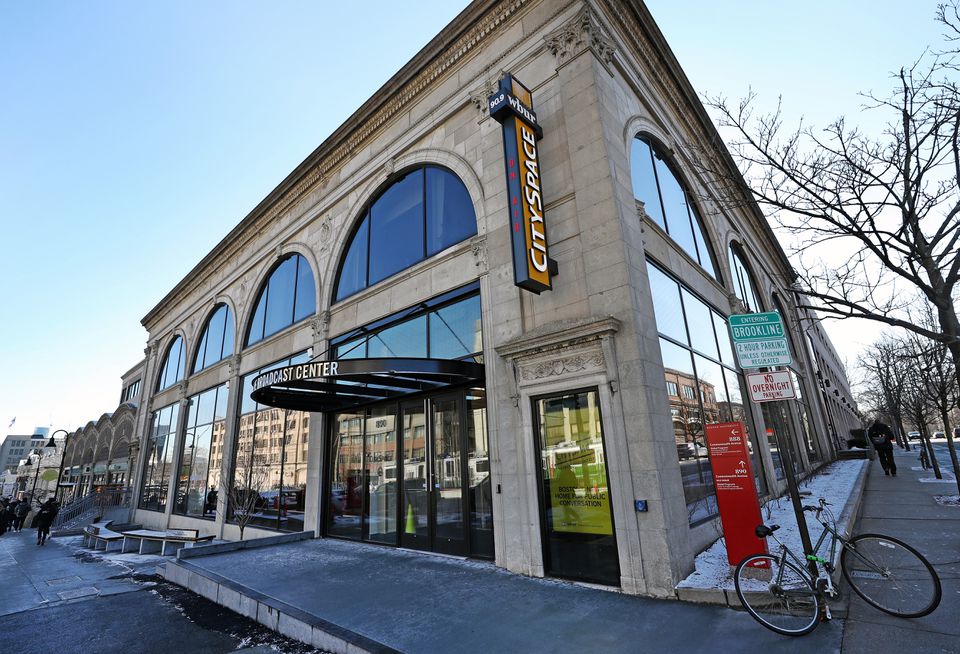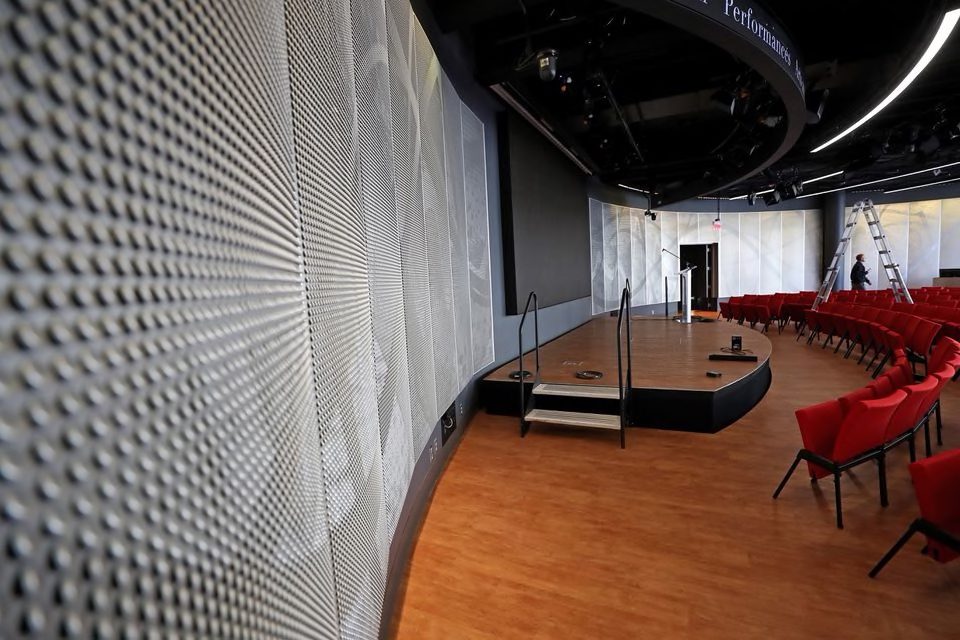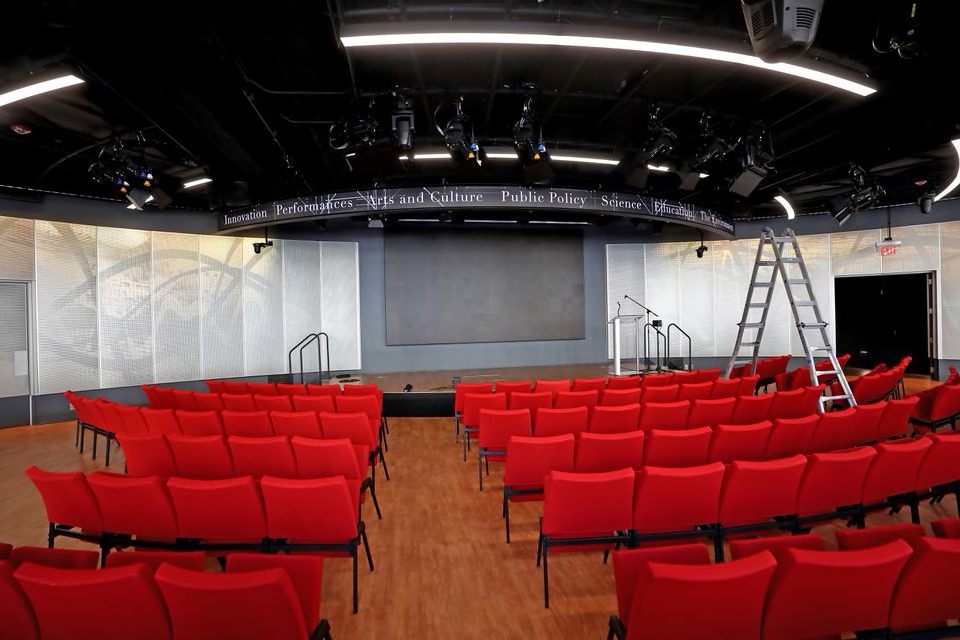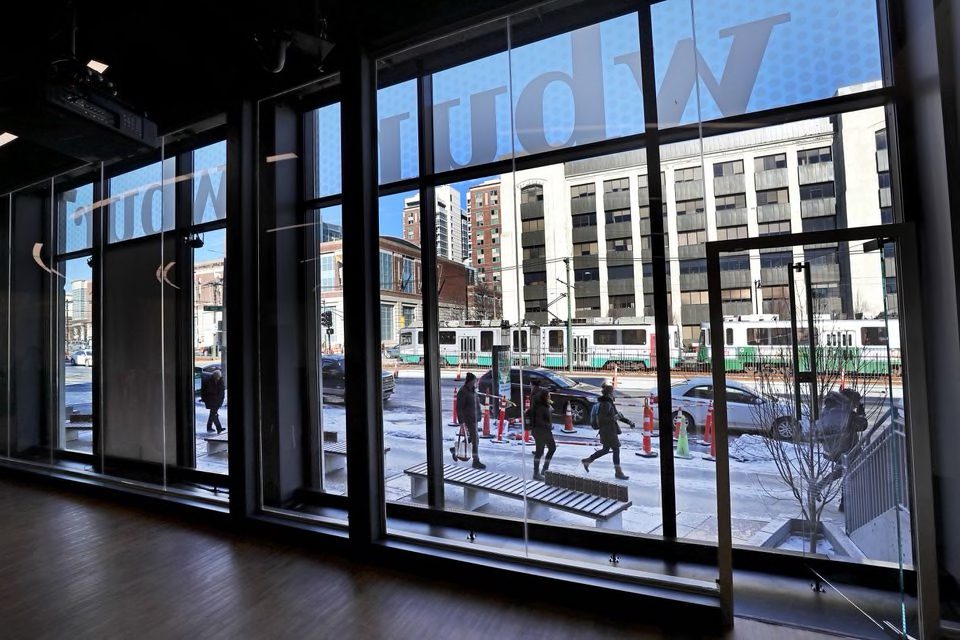Design Secrets the MBTA Uses to Keep You on Track
Colors, map design and even gaps in stairs were considered to help both out-of-towners and locals find their way through the system
Colors, map design and even gaps in stairs were considered to help both out-of-towners and locals find their way through the system
Cape Cod Chamber installs interpretive structures educating visitors about the region’s unique connection to water, coastal resources.
Third annual CambridgeSeven STEAM scholarship recipient is first in her family to attend college and plans to study computer science at UMass Boston.
CambridgeSeven’s innovative design for a network of sites on Cape Cod focused on promoting and teaching about the region’s Blue Economy is featured in this story.
An in-depth discussion of the design and engineering challenges overcome by the project team in transforming this unlikely former office building into the luxury Four Seasons Hotel and Private Residences on the New Orleans riverfront.
CambridgeSeven’s Peter Sollogub, the creative force behind the Roundhouse restoration, tells the story behind the creative process for renewing this community gem in a moving video produced by the Harrison Greenberg Foundation.
Justin Crane, AIA, Associate Principal, was invited to write to about how the transformation of this extraordinary building is a model for reuse and civic engagement.
Cambridge Chronicle outlines CambridgeSeven’s community presentation and design for The Foundry, a STEAM-focused community space in historic iron foundry building.
Boston NPR affiliate WBUR, which says it’s home to the city’s largest radio newsroom, is opening a new convention location, CitySpace.

CitySpace, WBUR radio’s new cultural events venue on Commonwealth Avenue, has a modern, almost futuristic feel. Floor-to-ceiling glass windows frame a sleek interior that combines traditional hardwood floors with walls decorated with metallic panels.
The studio at the heart of the venue is laden with high-tech gadgetry, from robotic cameras operated from a control center to a super high-resolution LED screen.
But Charlie Kravetz, the station’s general manager, said in remarks delivered Wednesday evening at a ribbon-cutting event for CitySpace that it all represents a return to an age-old art form: conversation.

He likened the venue’s stage to Faneuil Hall and Old South Meeting House, public spaces where people gathered to discuss and argue about contentious issues such as slavery and the nature of democracy.
“Honestly, nobody really in the community knew where WBUR was,” said Timothy Mansfield, a principal with the architectural firm Cambridge Seven Associates, which designed the space. “[It had] no presence.”
To correct that, architects worked to instill the space with reminders of the radio station’s identity.

They had WBUR’s audio engineers record themselves saying “Welcome to the Lavine Broadcast Center.” (Bain Capital co-managing partner Jonathan Lavine and his wife, Jeannie, donated $5 million to help fund the CitySpace project.)
Designers also used images of soundwaves as the inspiration for patterns that decorate metal installations flanking the stage. Curved designs on the floors and ceiling also are meant to echo the appearance of sound waves.
CitySpace solves another problem hounding the station, officials said — a lack of venues large enough to accommodate major events.
Until now, WBUR has been able to fit a maximum of about 80 people in a room down the hall from its central newsroom.
“It was a real challenge to find space,” said Amy MacDonald, director of community engagement.
CitySpace’s main performance area can seat about 275 people. Even before the official opening, the venue will host a student journalism conference organized by Boston University’s student newspaper.

CitySpace is part of a larger push to expand the station’s work and content offerings, an effort it is calling the Campaign for WBUR. The space ended up netting the station two of its largest donations ever, including the $5 million from the Lavines.
In an interview prior to Wednesday’s event, Jonathan Lavine said he hopes the space becomes an essential part of Boston.
“I hope it is the go-to place where people look to go to learn, to discuss important topics, and to be challenged,” Lavine said, “and that it goes from being a novelty to being part of the fabric of the city.”